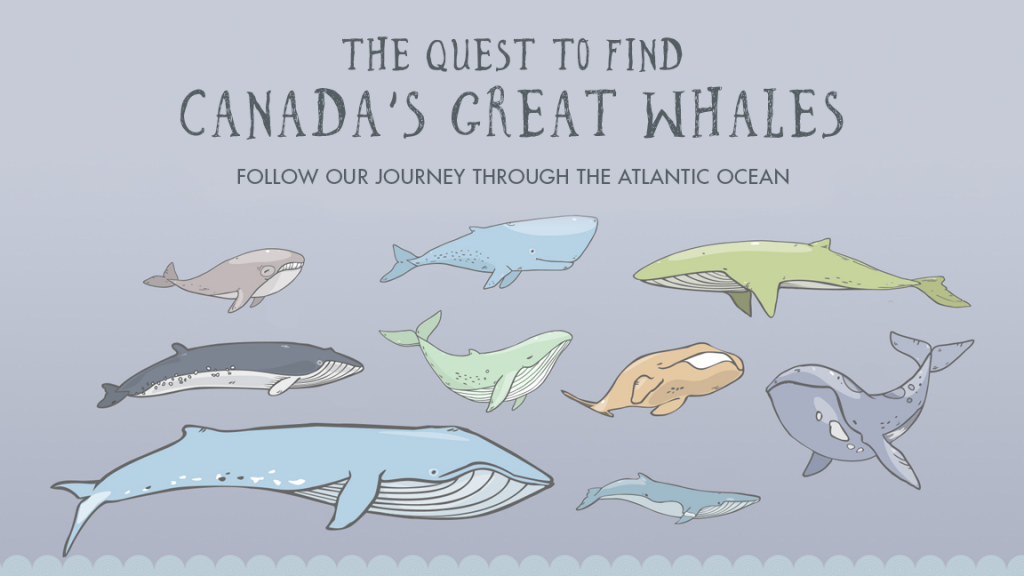The ocean can sometimes be a scary place. It is home to many creatures of alien appearance and frightening size. The ocean even has a soundtrack perfect for Halloween. A symphony of haunting creaks, grunts, moans and eerie songs that can be heard across oceans.
Whales contribute to this harmony of ocean sound with songs that have been described as haunting but also beautiful. Humpback Whale calls were even recorded into a music album in the 1960s. This album is not only an insight into the underwater world, but allowed musicians to realize the complexity of these calls as more than just squeaks and moans, but songs. Some whale calls even sound like an instrument, such as the knock calls of Gray Whales, which sound like a drum.
Whales use sound in many different ways: to find their food, for navigation, for communication and so many other things.
Sperm Whales, the largest of the toothed whales, use creak calls or clicking sounds to find their prey. This technique used by toothed whales is called echolocation, just like bats, where sound waves are projected into their environment and its echo returns to the whale allowing them to locate where the objects are in space.
North Atlantic Right Whales make a few different call types, including their signature upcall. Upcalls are thought to be contact calls used by right whales to communicate with one another.
Fin Whales change the frequency and pace of their calls depending on its intended purpose. Lower frequency pulse calls travel greater distances, while higher frequency pulses can be used for closer range communication between individuals of this species.
Although whale species have different calls for particular purposes, these call types can sound differently within a species indicating different populations. Antarctic Blue Whale calls are distinct from any other Blue Whale population. Dialects are found across whale species and dolphins, such as Sperm Whale and Killer Whale ecotypes.
The prolific use of sound by whales and distinct call types per species are some of the reasons why the WHaLE project uses underwater gliders equipped with hydrophones (underwater microphones) to learn more about whales within Canadian waters. These gliders can cover large areas of the ocean over months at a time recording whale sounds, and detecting whales in an area where we would never see them. These recordings can tell researchers where whales are and what they may be doing too!
Although humans mainly use sight to learn from their environment, whales do not. Light doesn’t penetrate very far in the ocean, as it does on land, making most parts of the ocean dark and others completely pitch black! Even close to the surface it can be difficult to see very far because the ocean is full of microscopic life, such as plankton, that makes the water murky, or green. Water is very efficient at conducting sound. This is exactly why whales depend on sound in their environment and why it makes perfect sense for researchers to learn about them using sound too.





